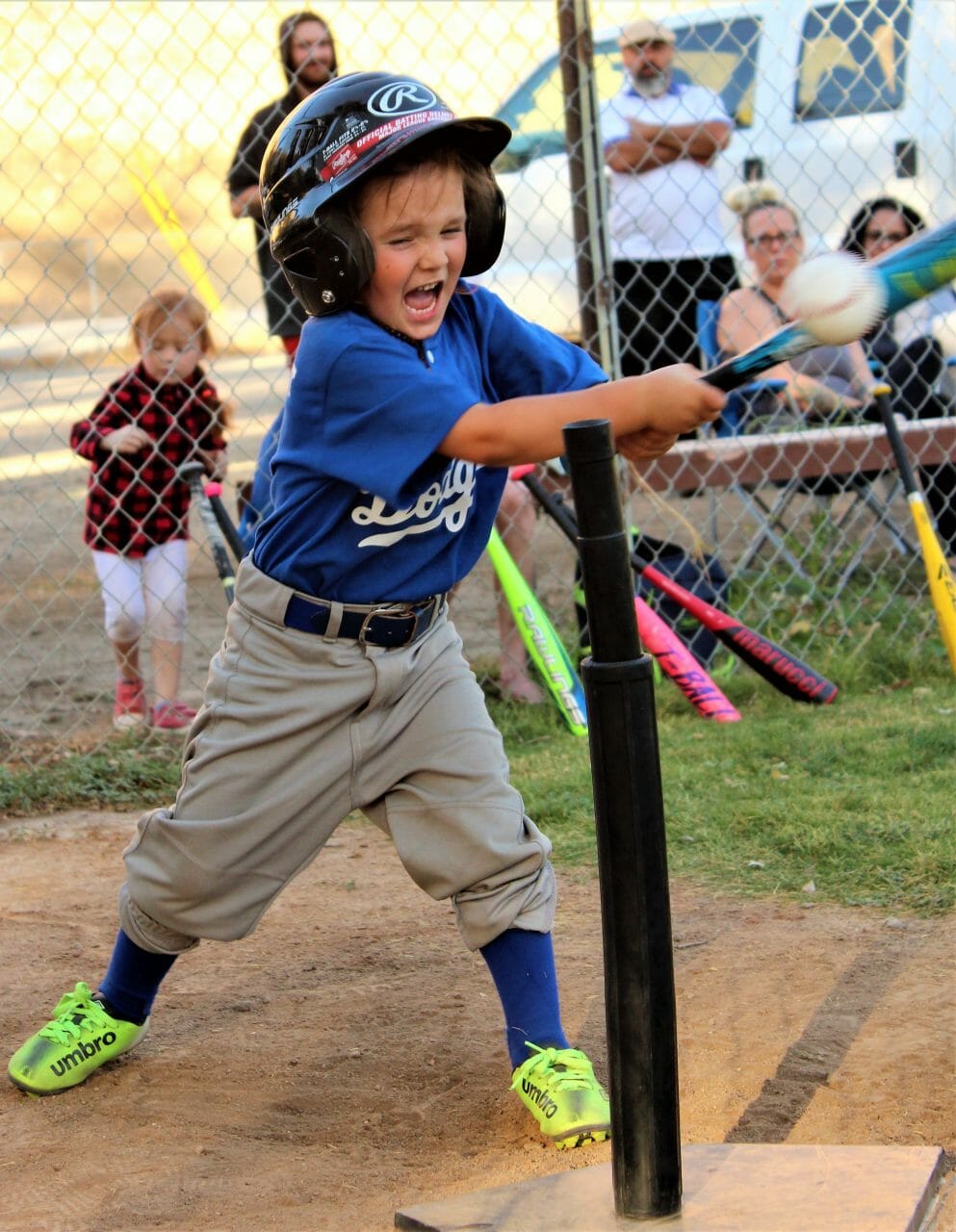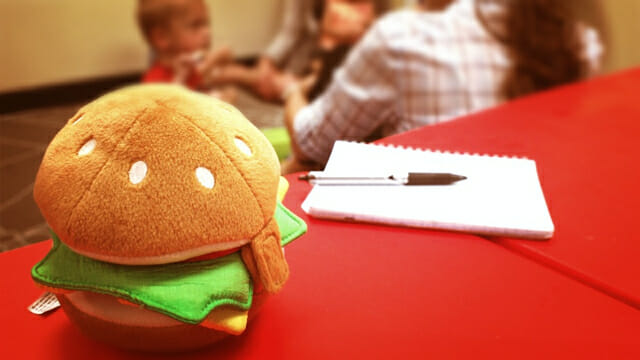

Crossing the midline develops from:
- Babies follow a moving object across the midline from about 4 months.
- They cross the midline to play with their feet by about 6-7 months.
- They will cross the midline on purpose for a toy by 8-12 months.
- This complexity of skills done by crossing the midline increases until 3-4 years of age when they are drawing.
- By school age, when they begin to read, they follow words across a page with their finger/eyes.

What you can do to help your child to cross the midline:
- Encourage your child to use their two-handed skills, e.g. dressing, catching a ball, threading, riding a bike.
- Help your child strengthen their core – e.g. play row, row, row your boat, do yoga, ride a balance bike.
- Integrate crossing the midline while doing daily activities, e.g. dressing, bathing, etc.


Some activities that you can do with your child to help crossing the midline:
- Craft activities – thread beads, painting, drawing
- Finger puppets – taking on/off taking on/off using other hand
- Playing with stickers – taking stickers off body parts on the right side using the left hand and taking stickers off body parts on the left side using the right hand.
- Musical instruments
- Marching games/yoga
- Twister
- Popping bubbles on opposite of body

When to ask for help:
- If your child is having difficulty with age appropriate skills, i.e. buttons, threading, using scissors.
- If your child has not developed dominance by 3-4 years of age.
- If your child swaps hands when writing/drawing, i.e. cannot cross over the midline with a hand.
- If they have difficulty tracking objects across the midline.
- If they have difficulty with two-handed gross motor skills, e.g. hitting a baseball and other ball skills.





